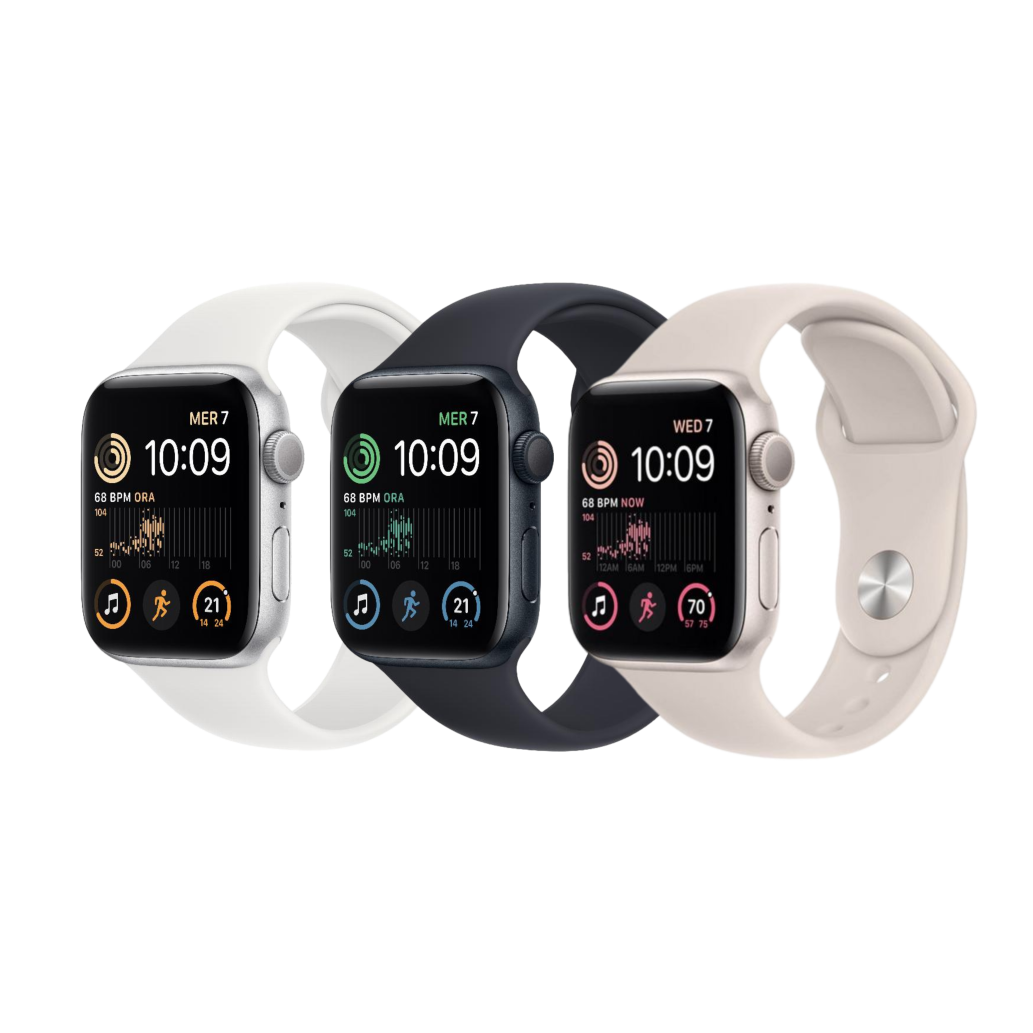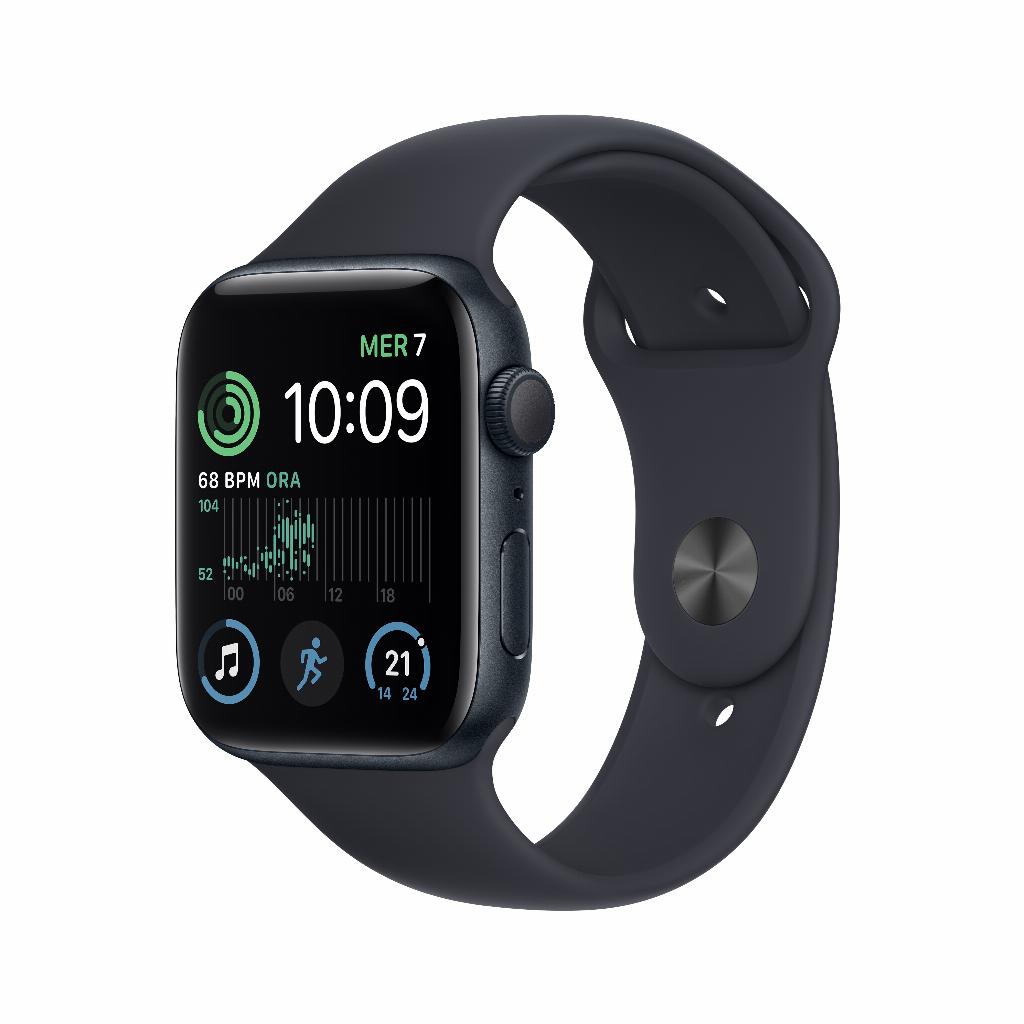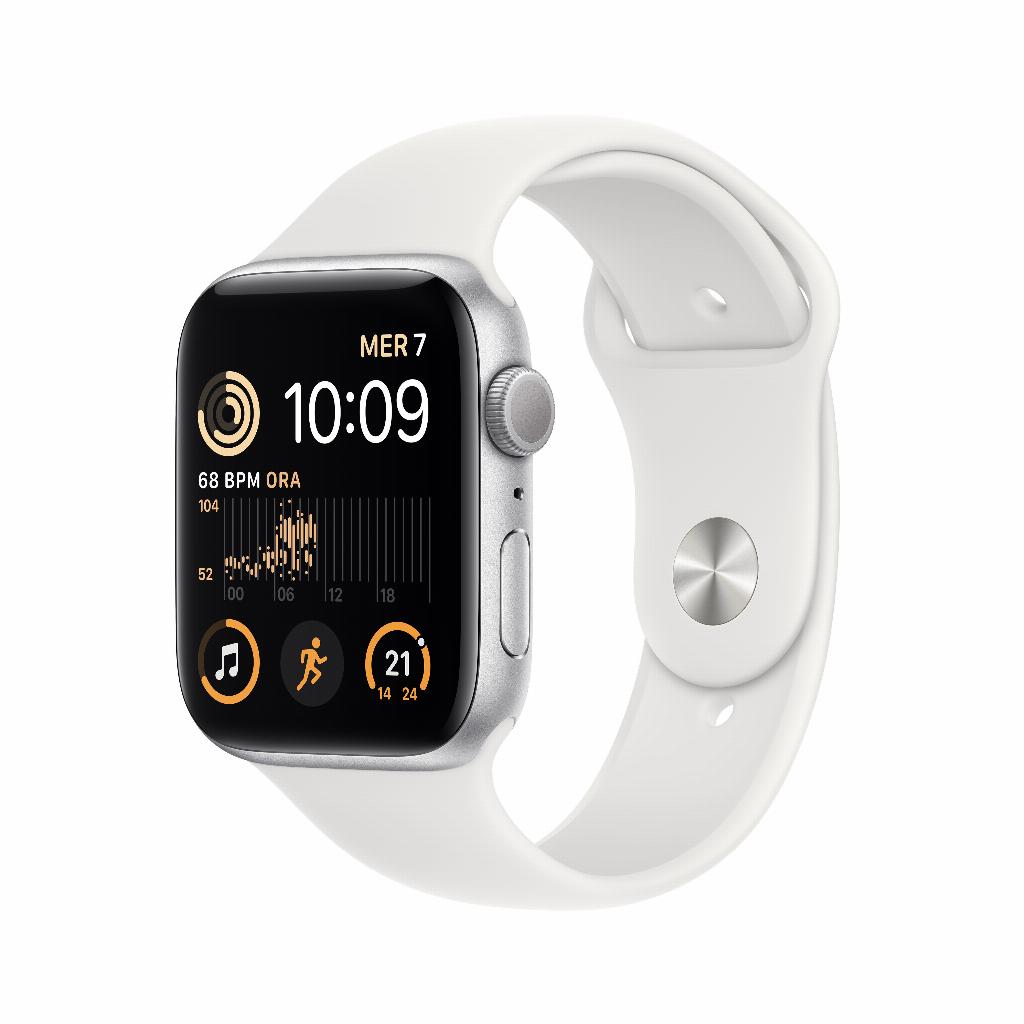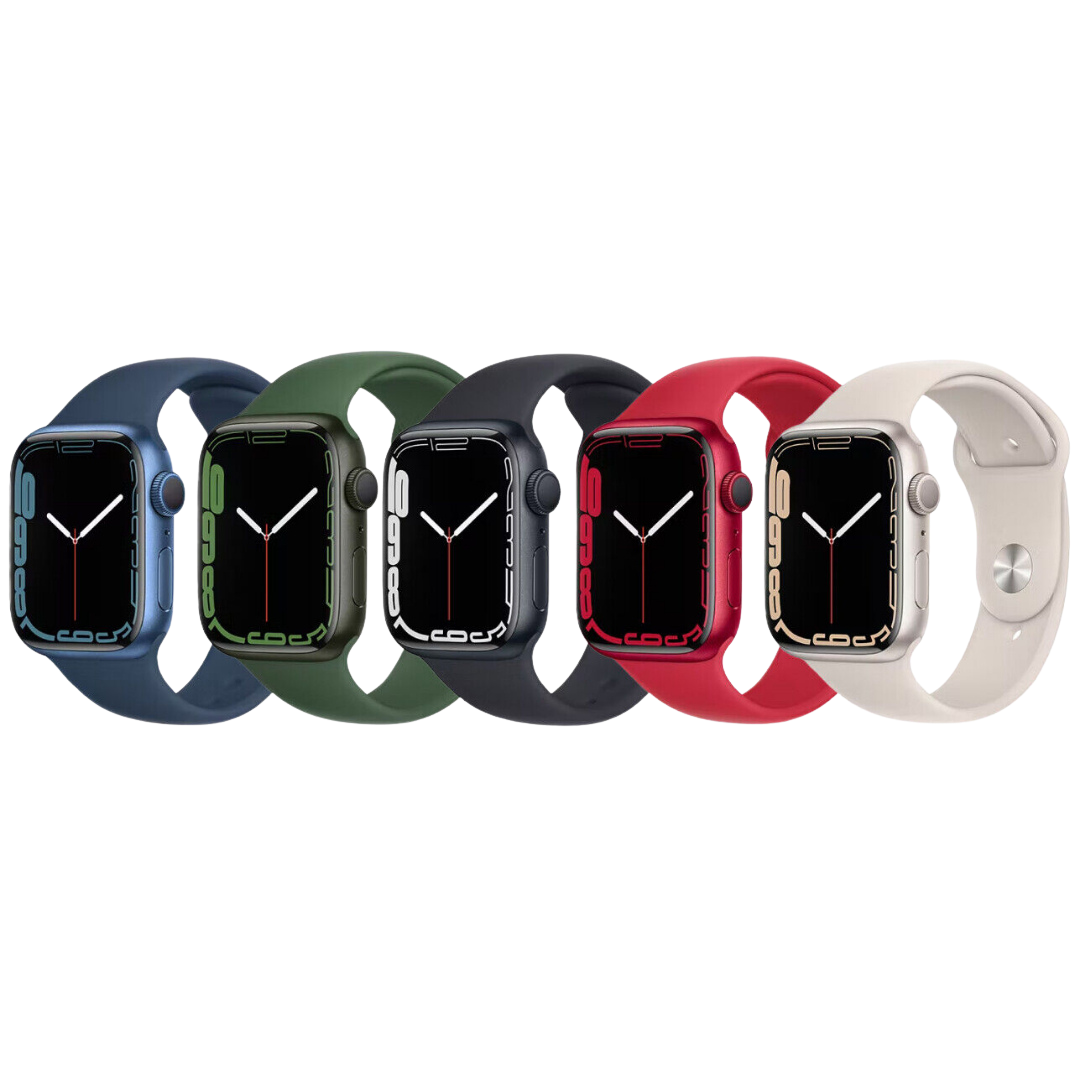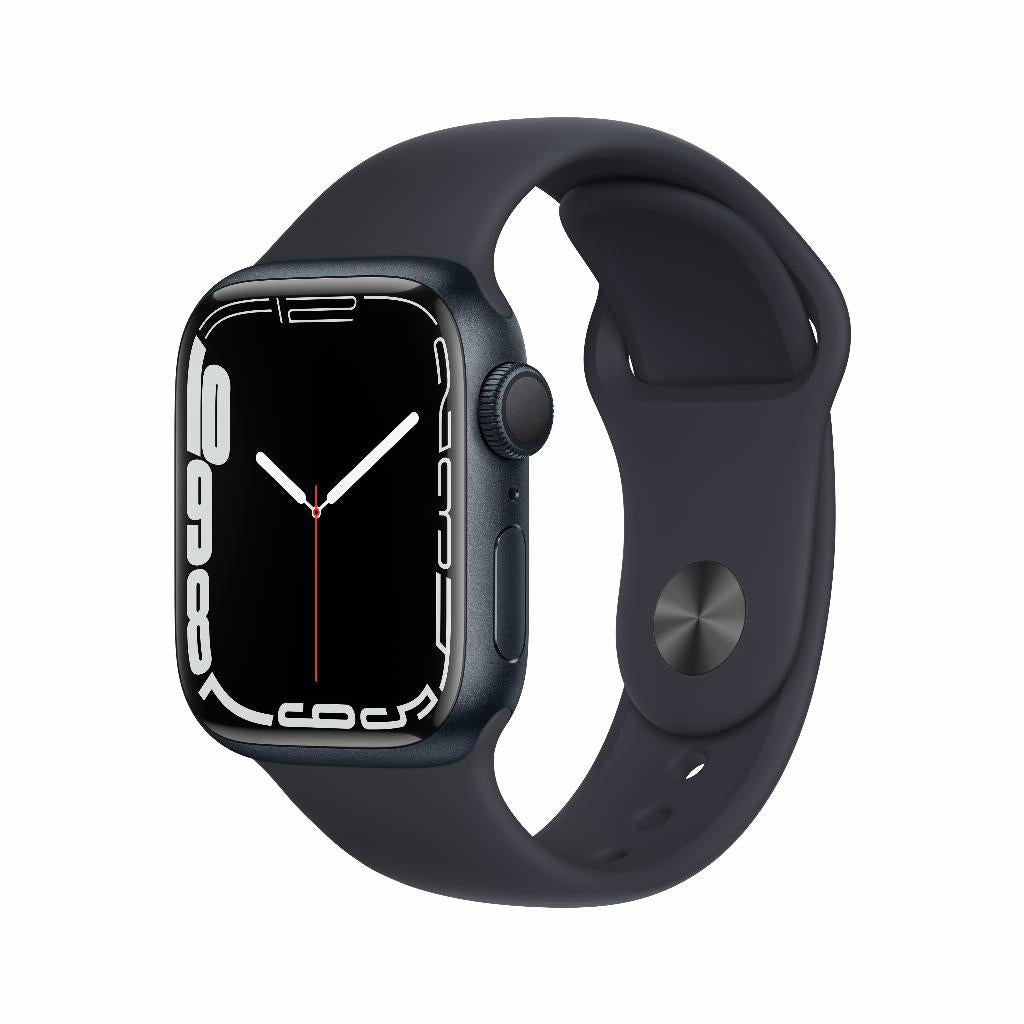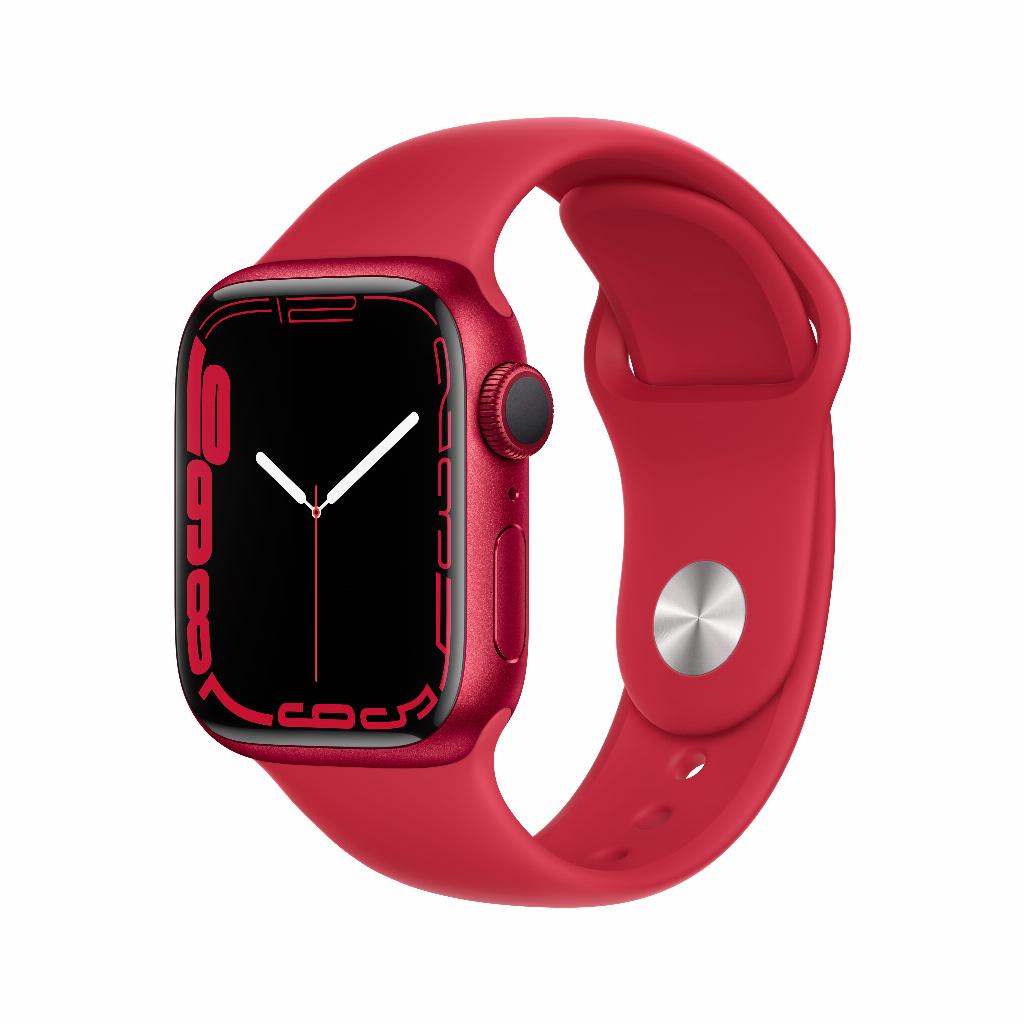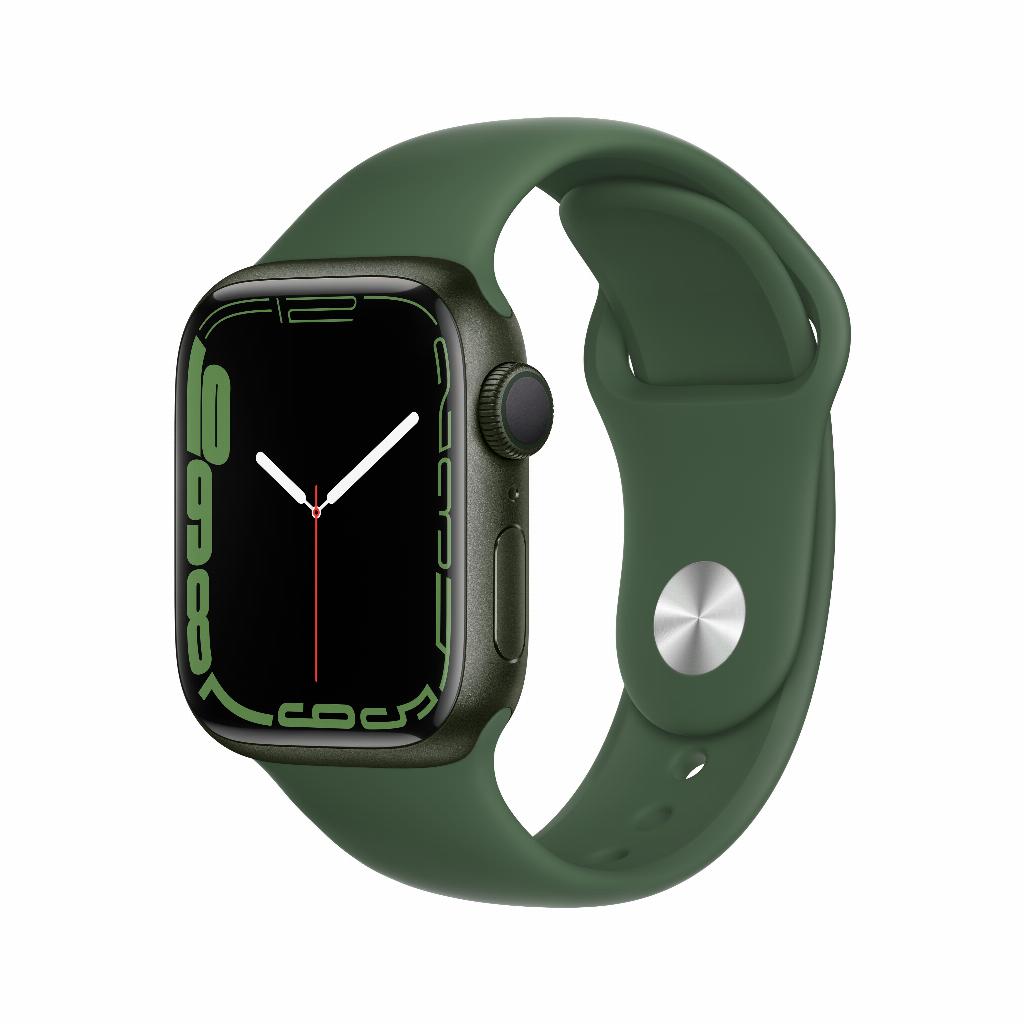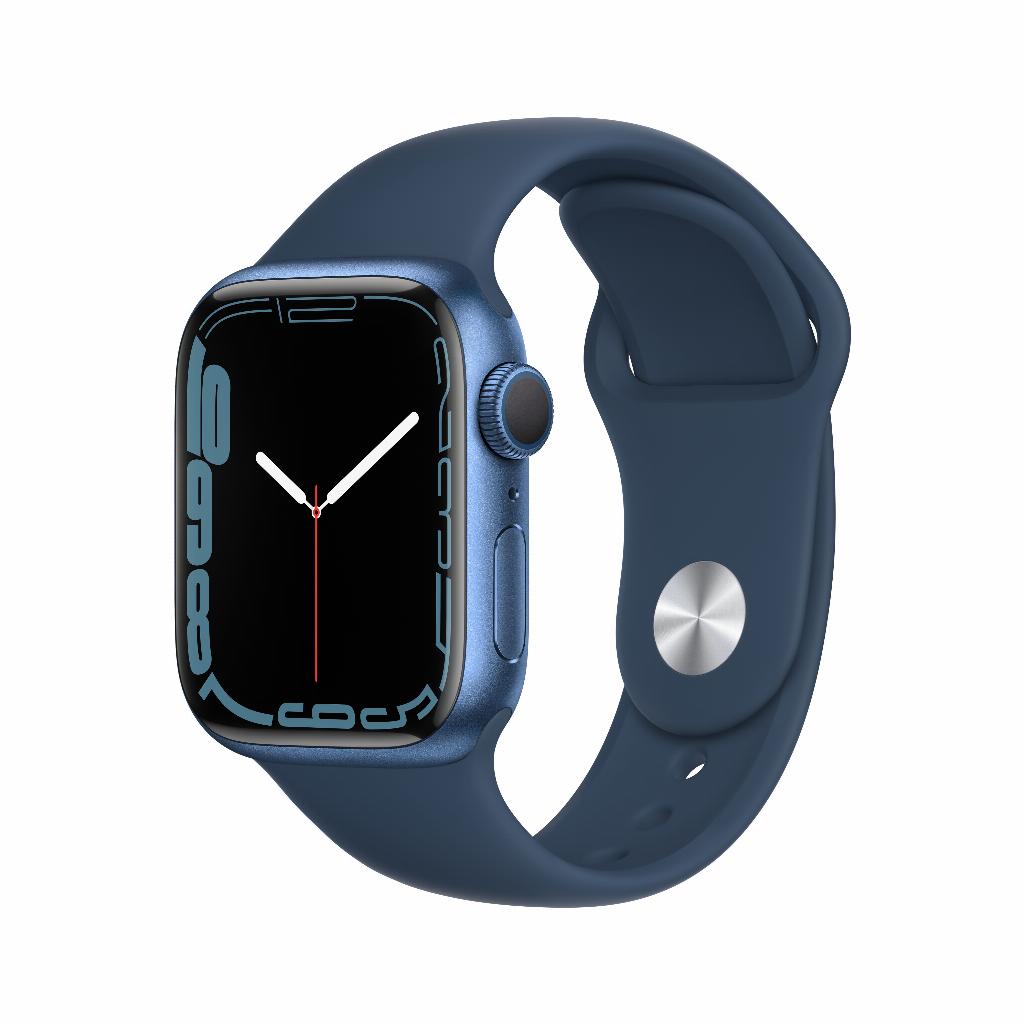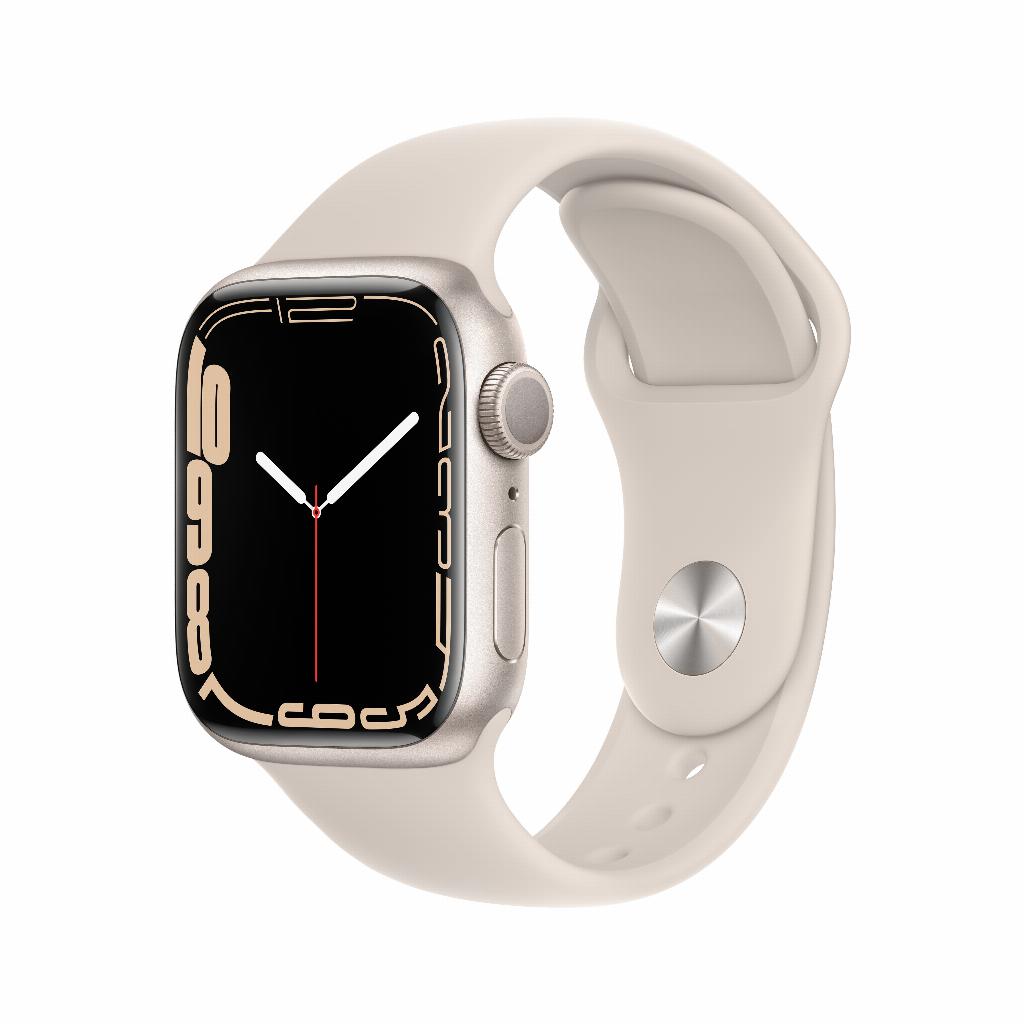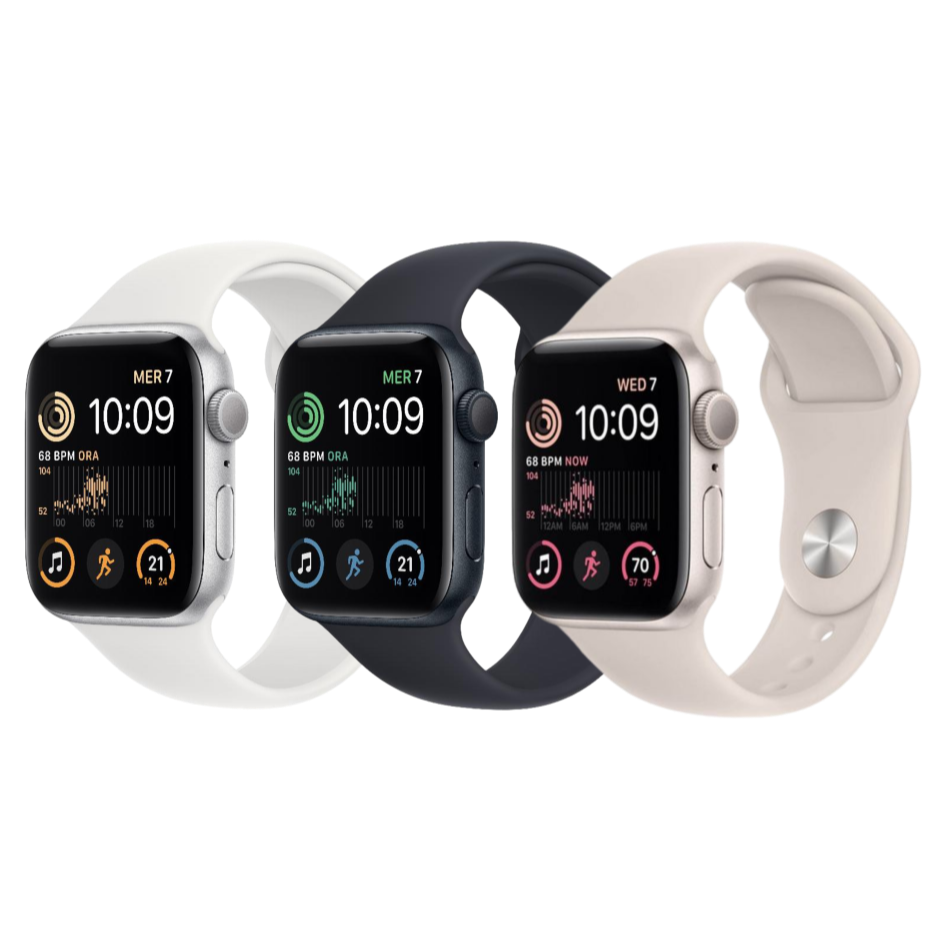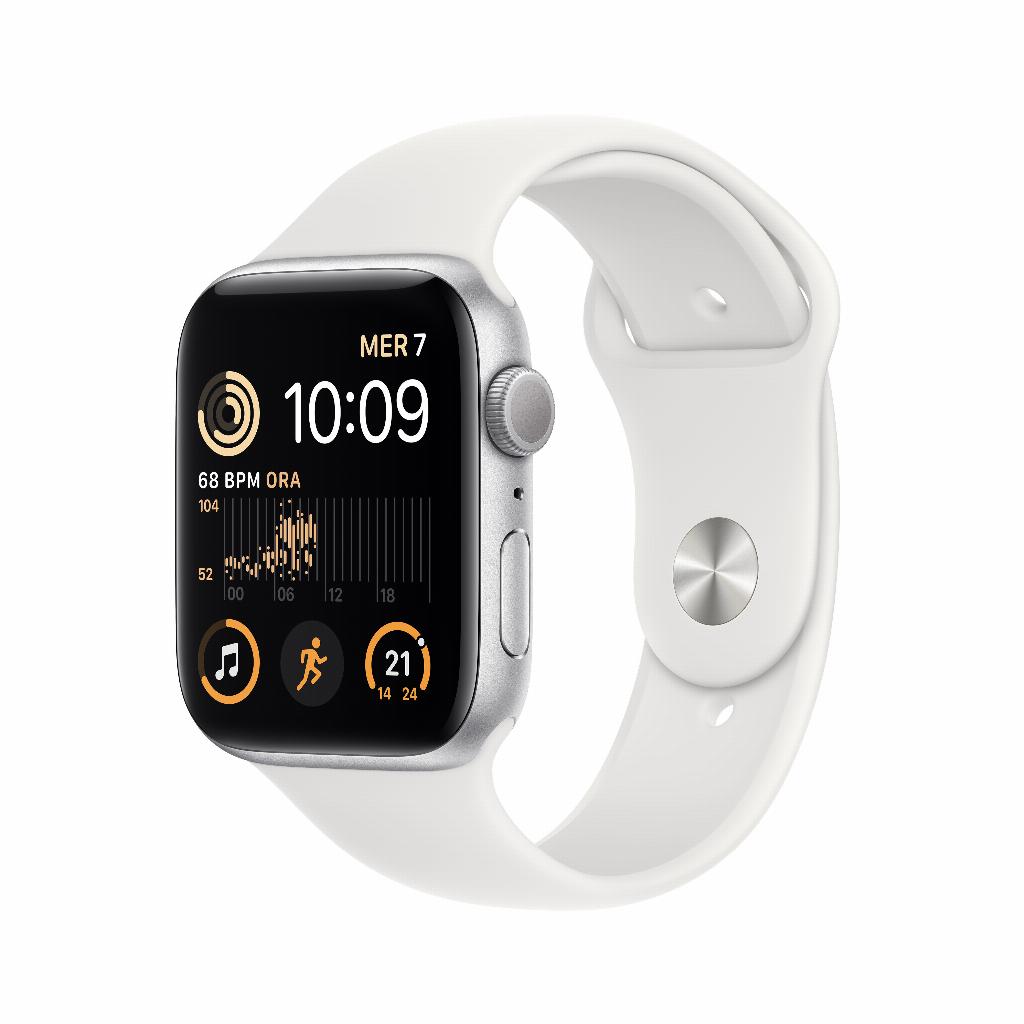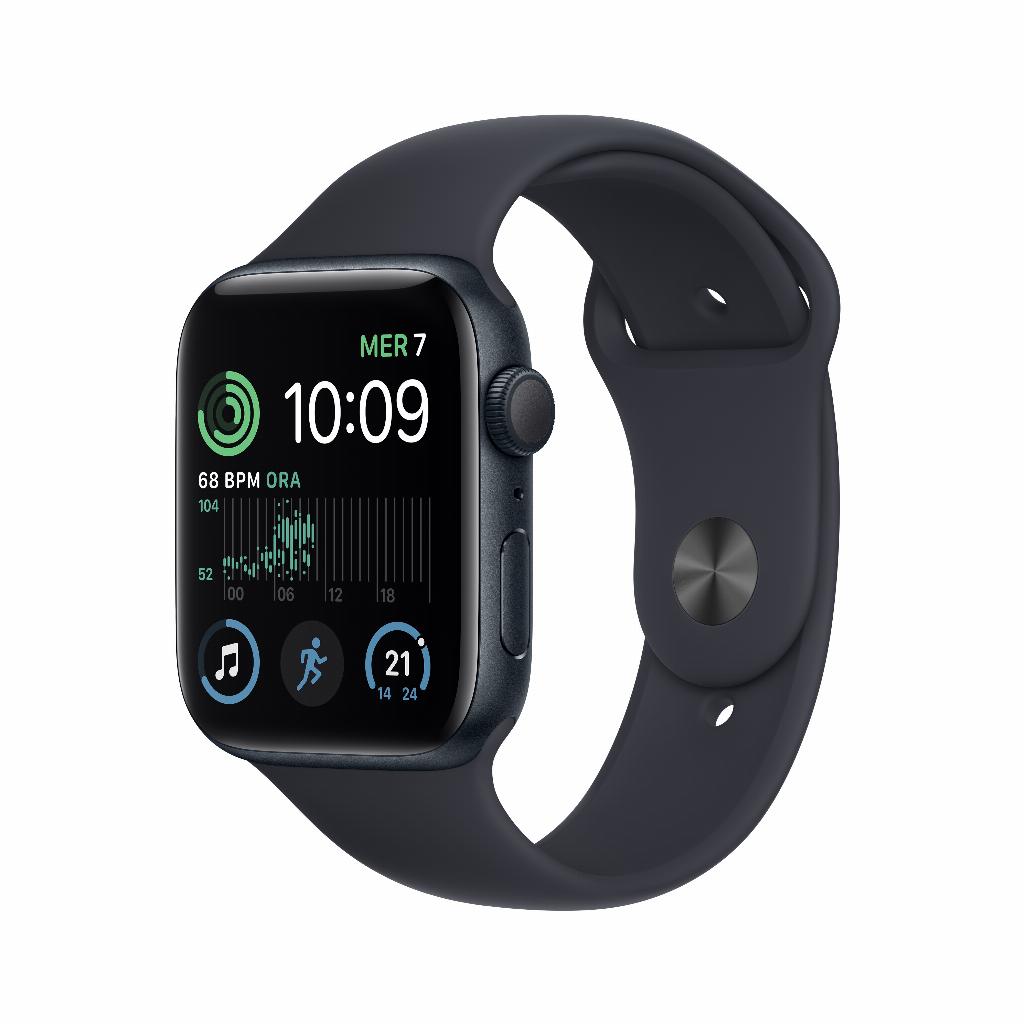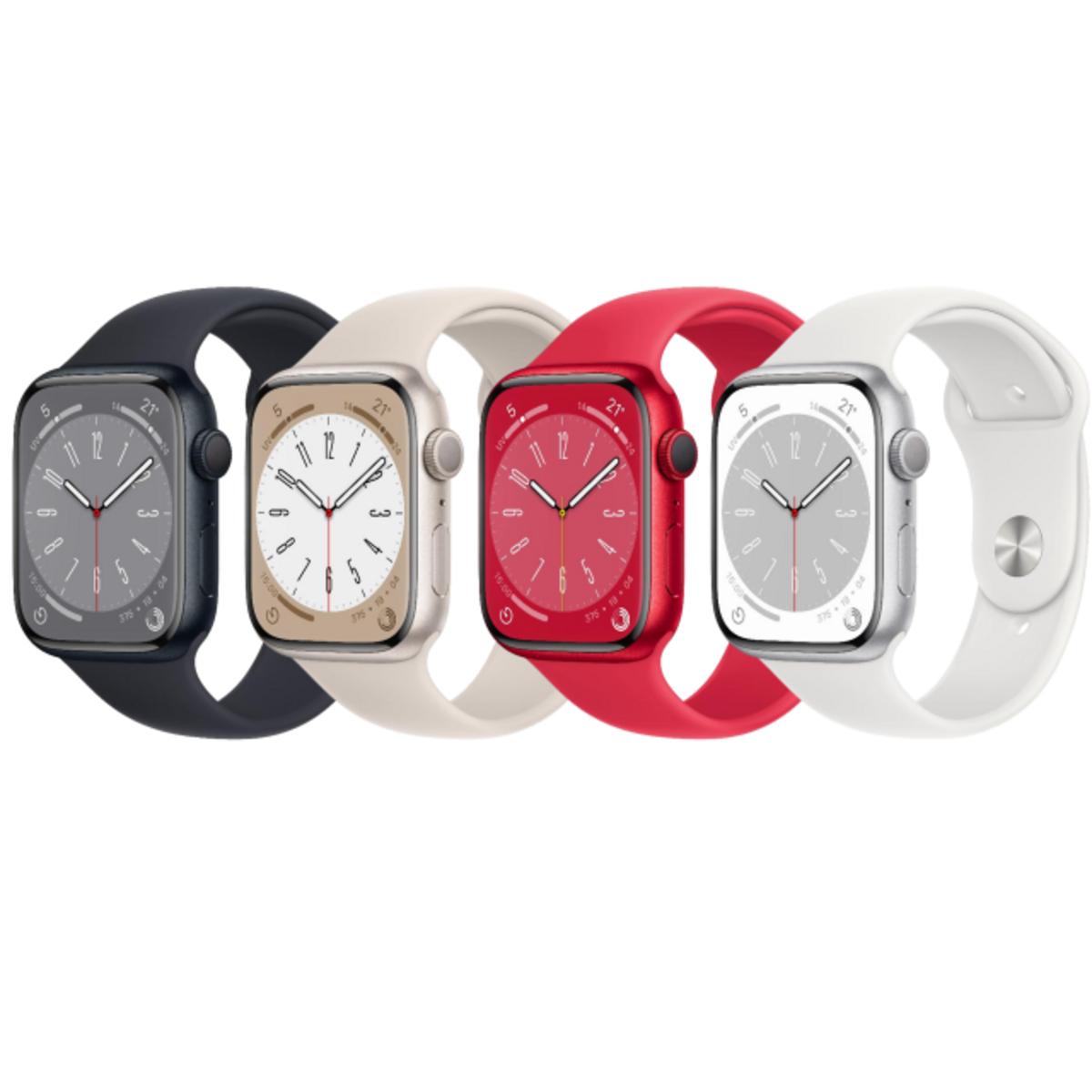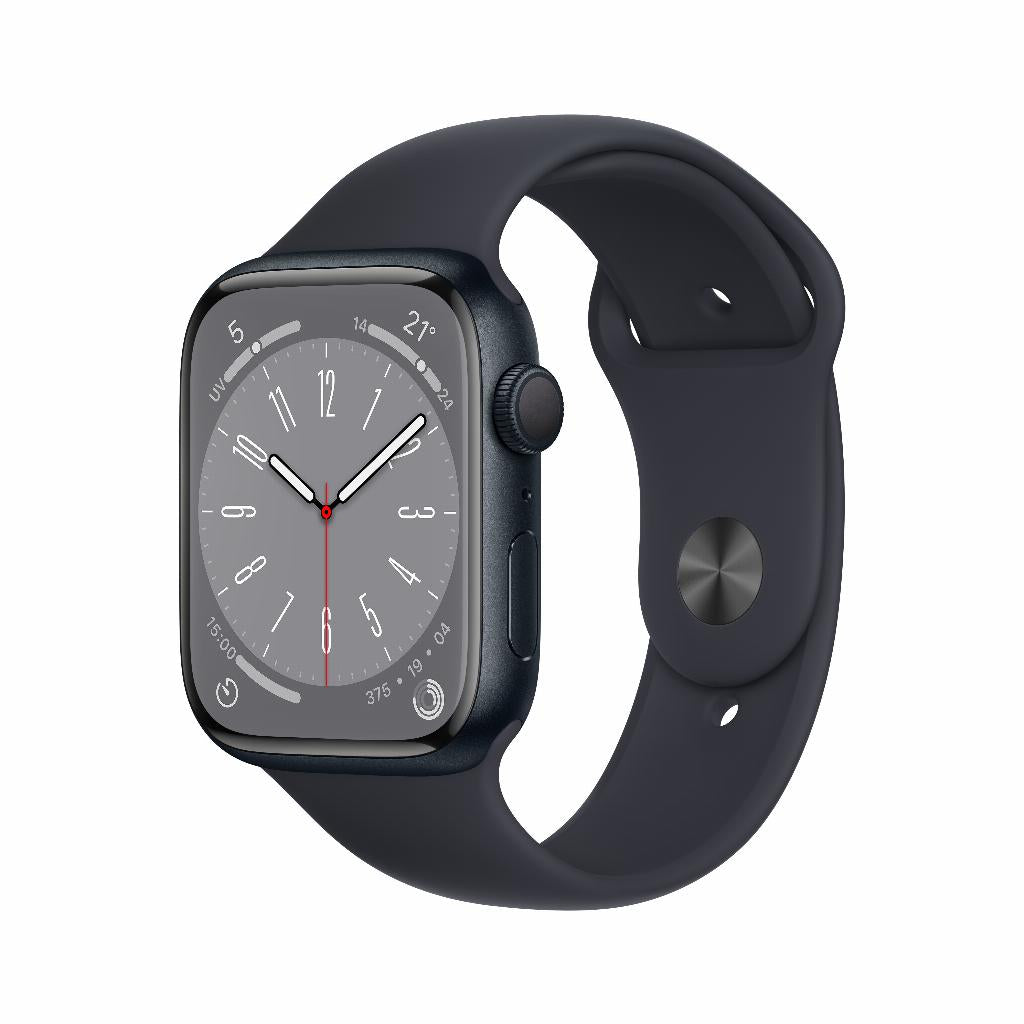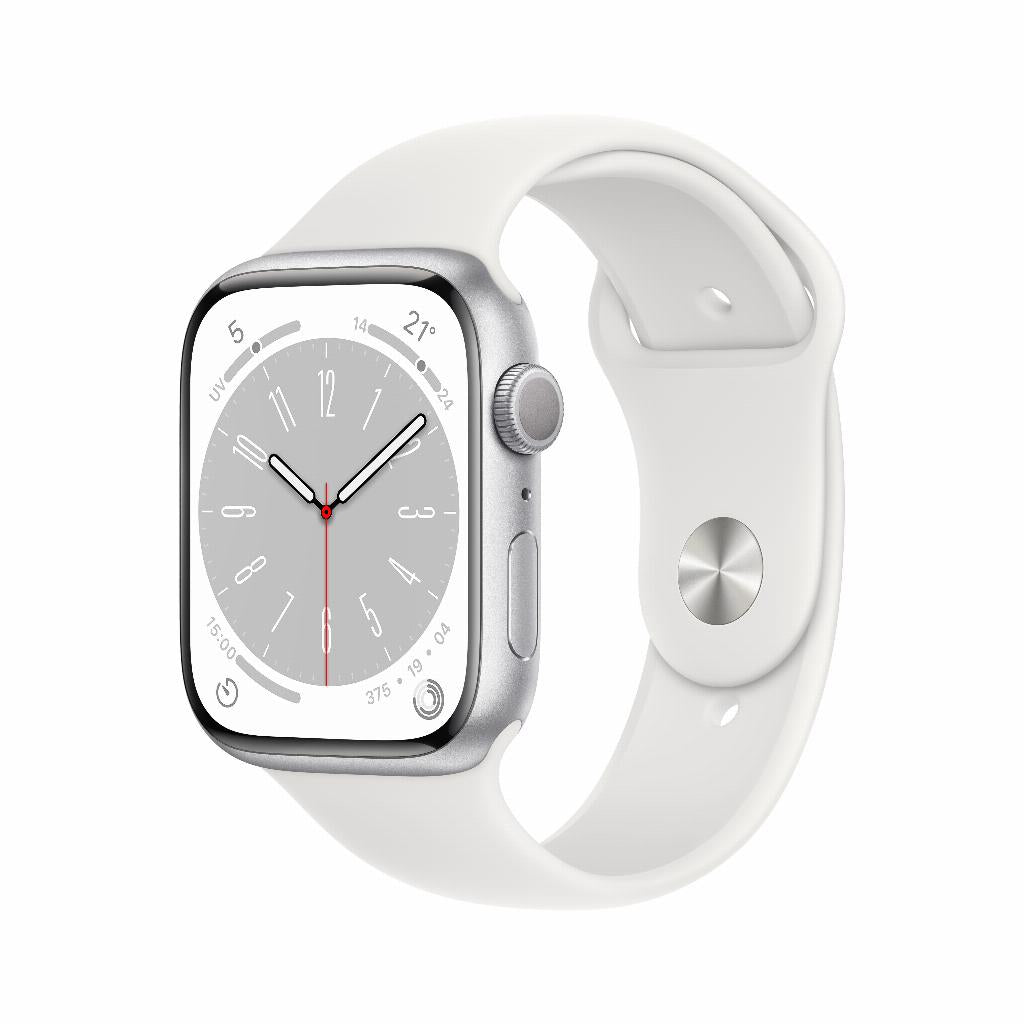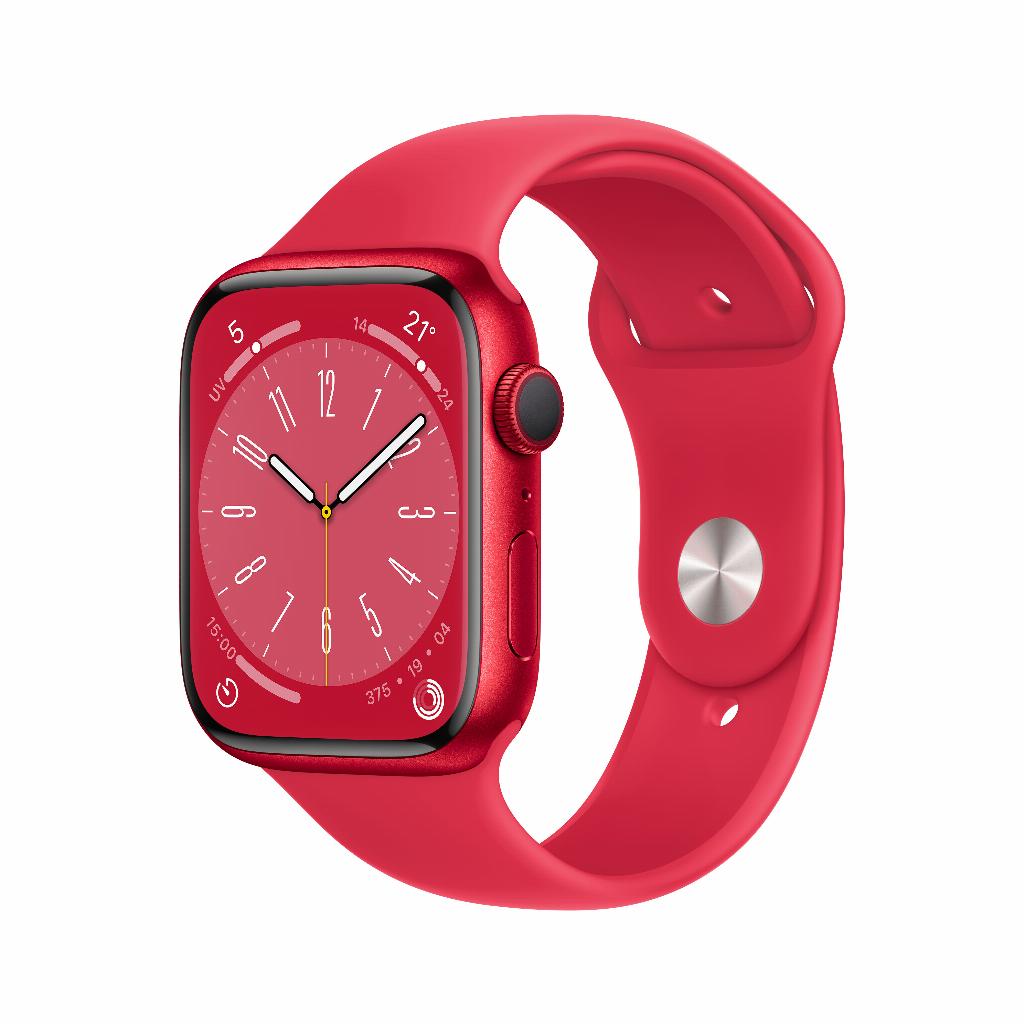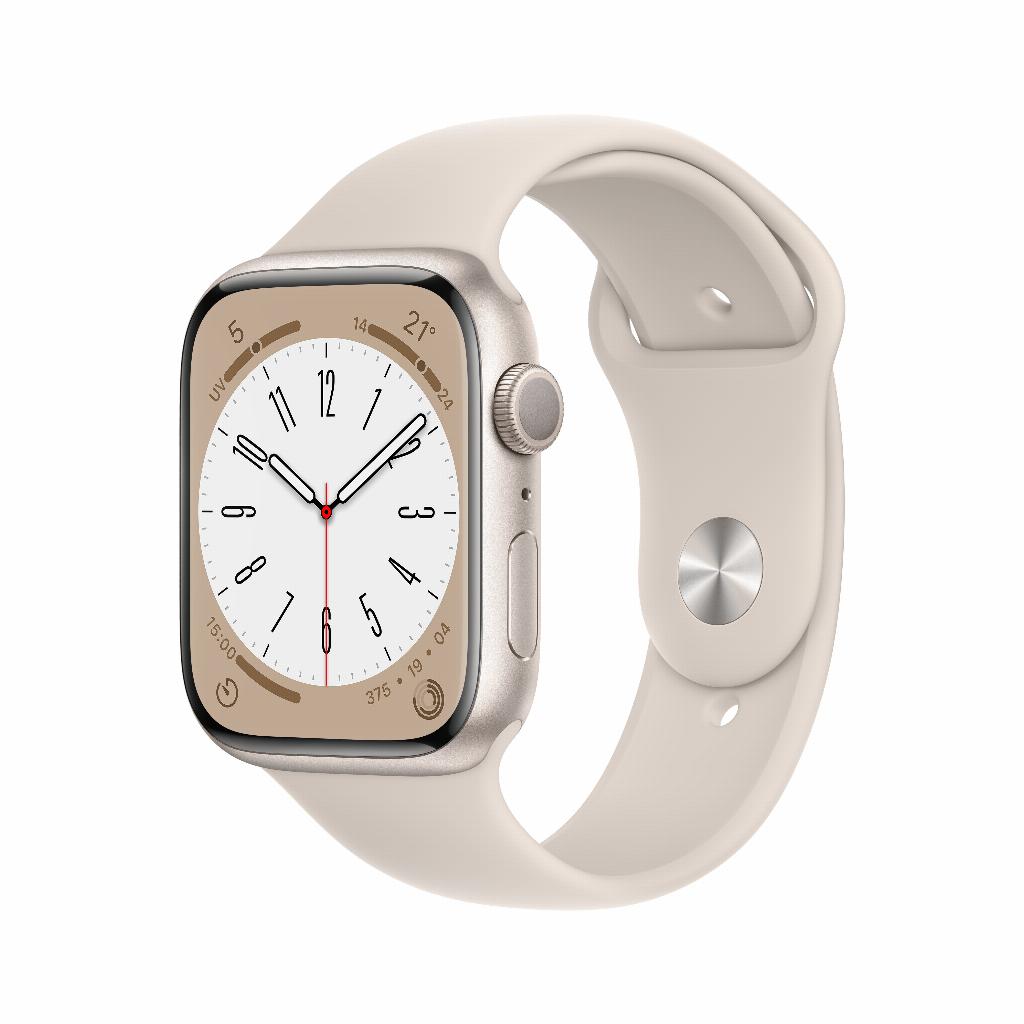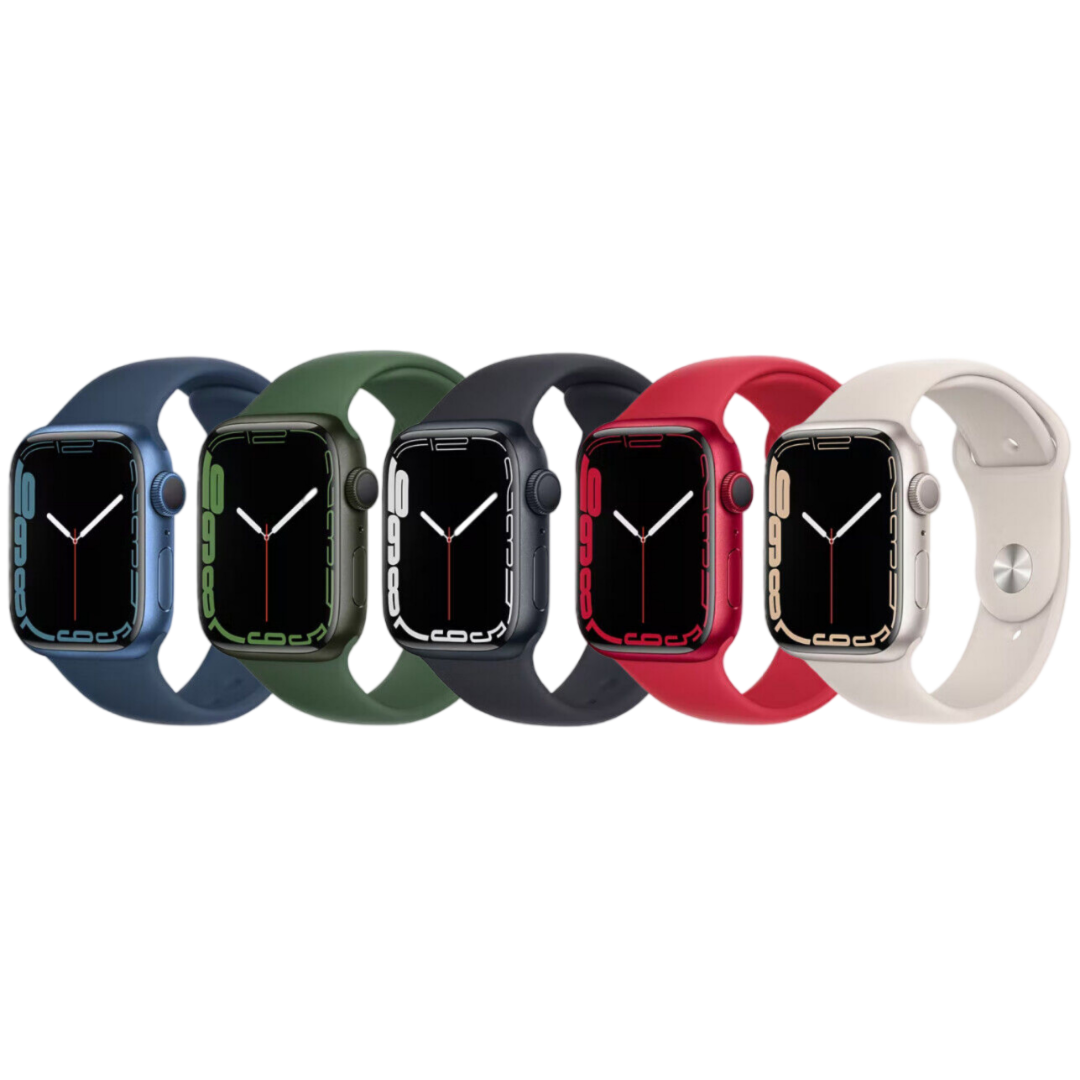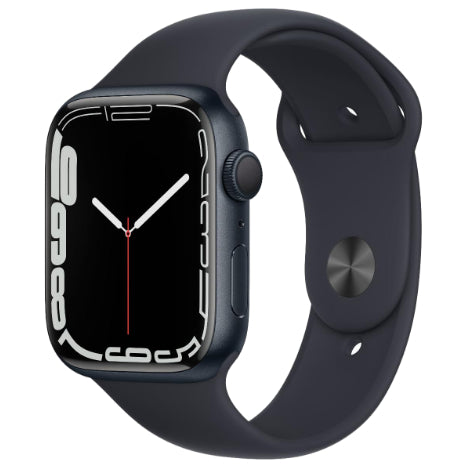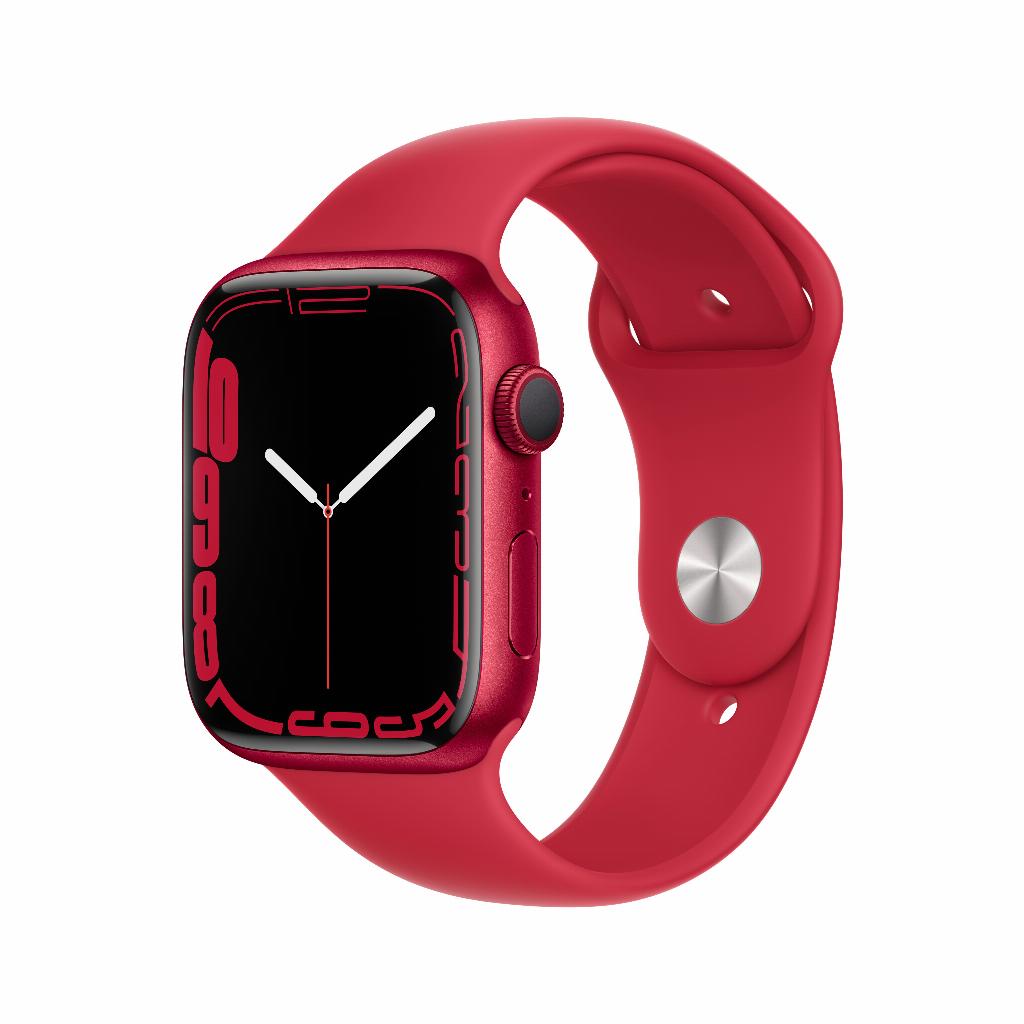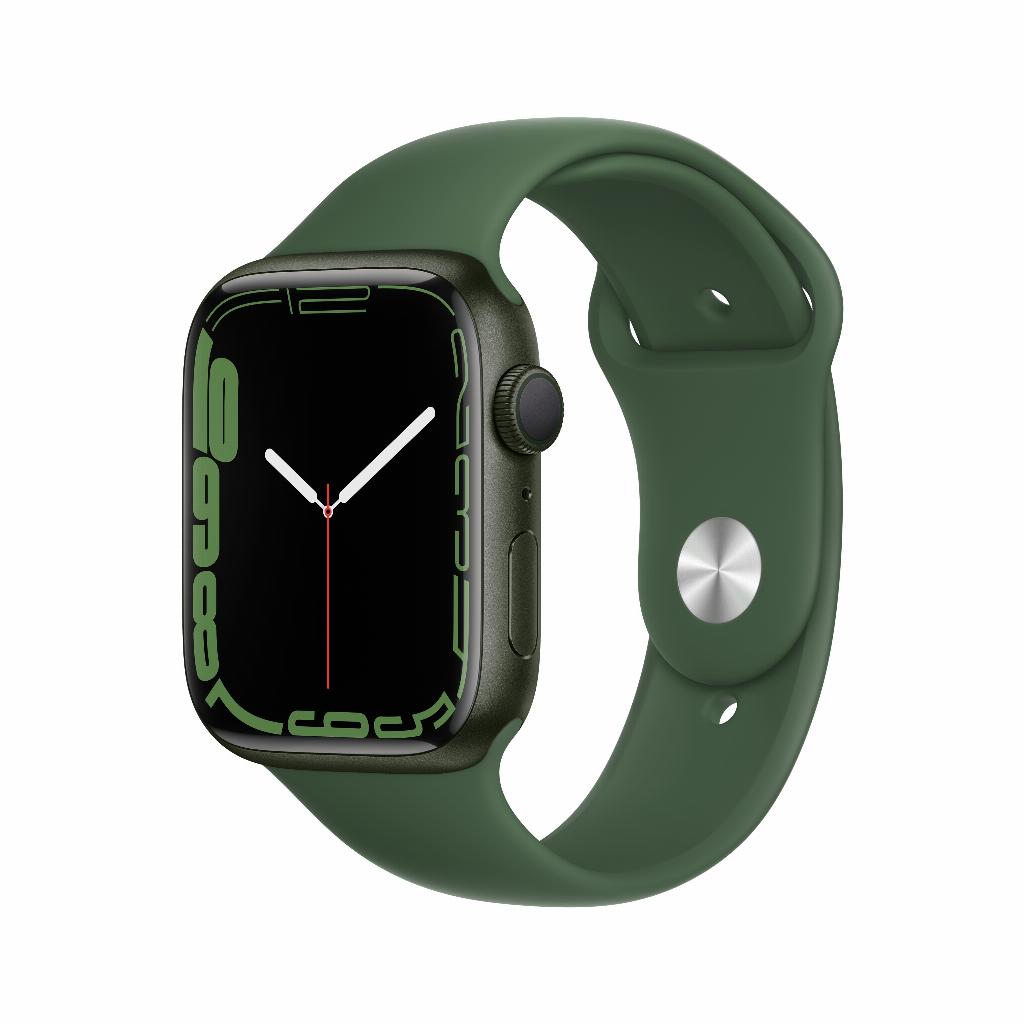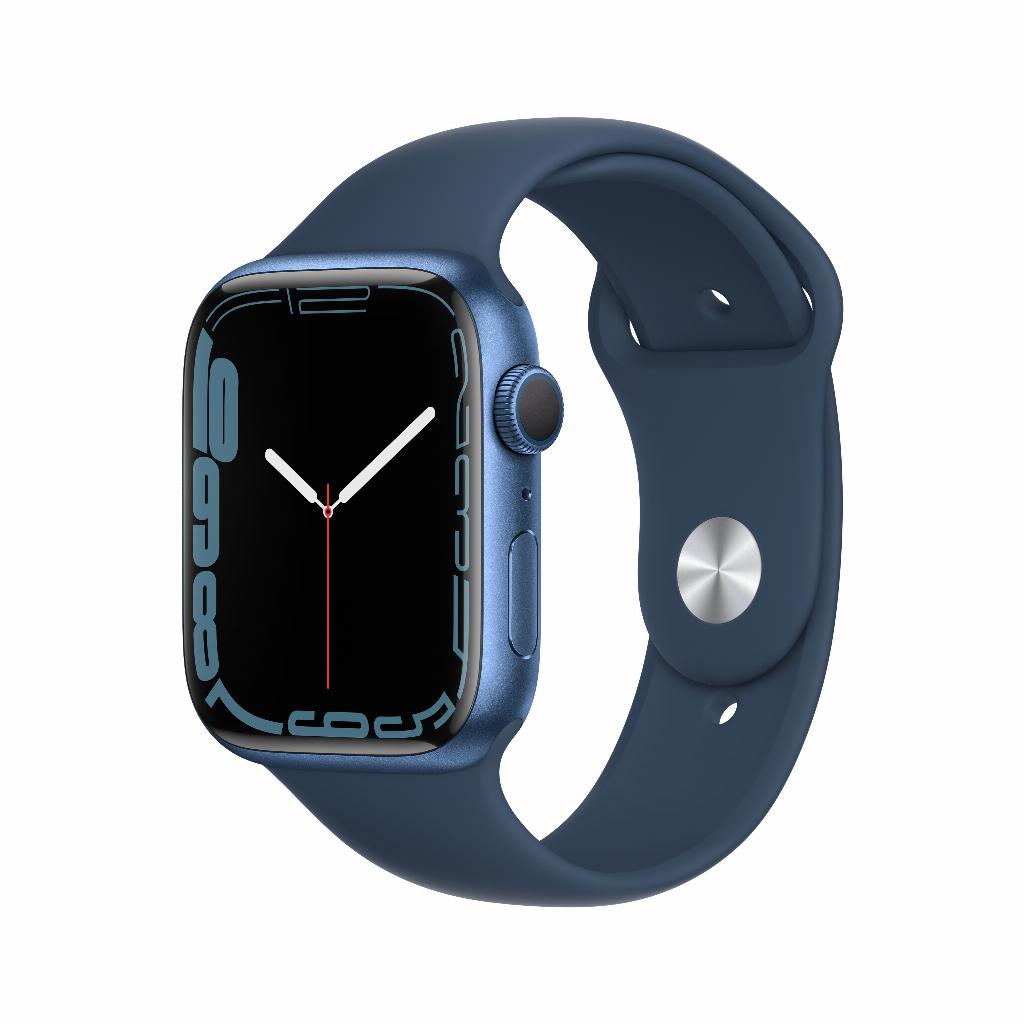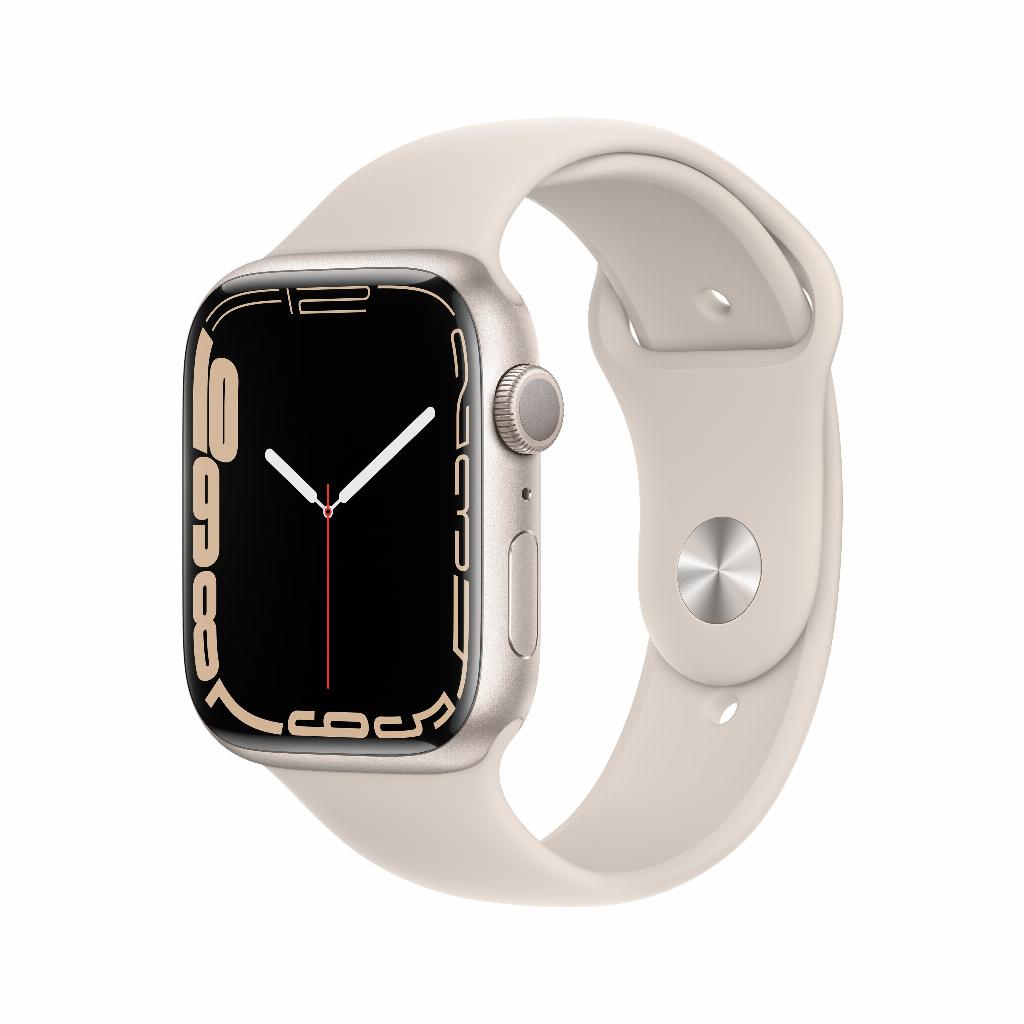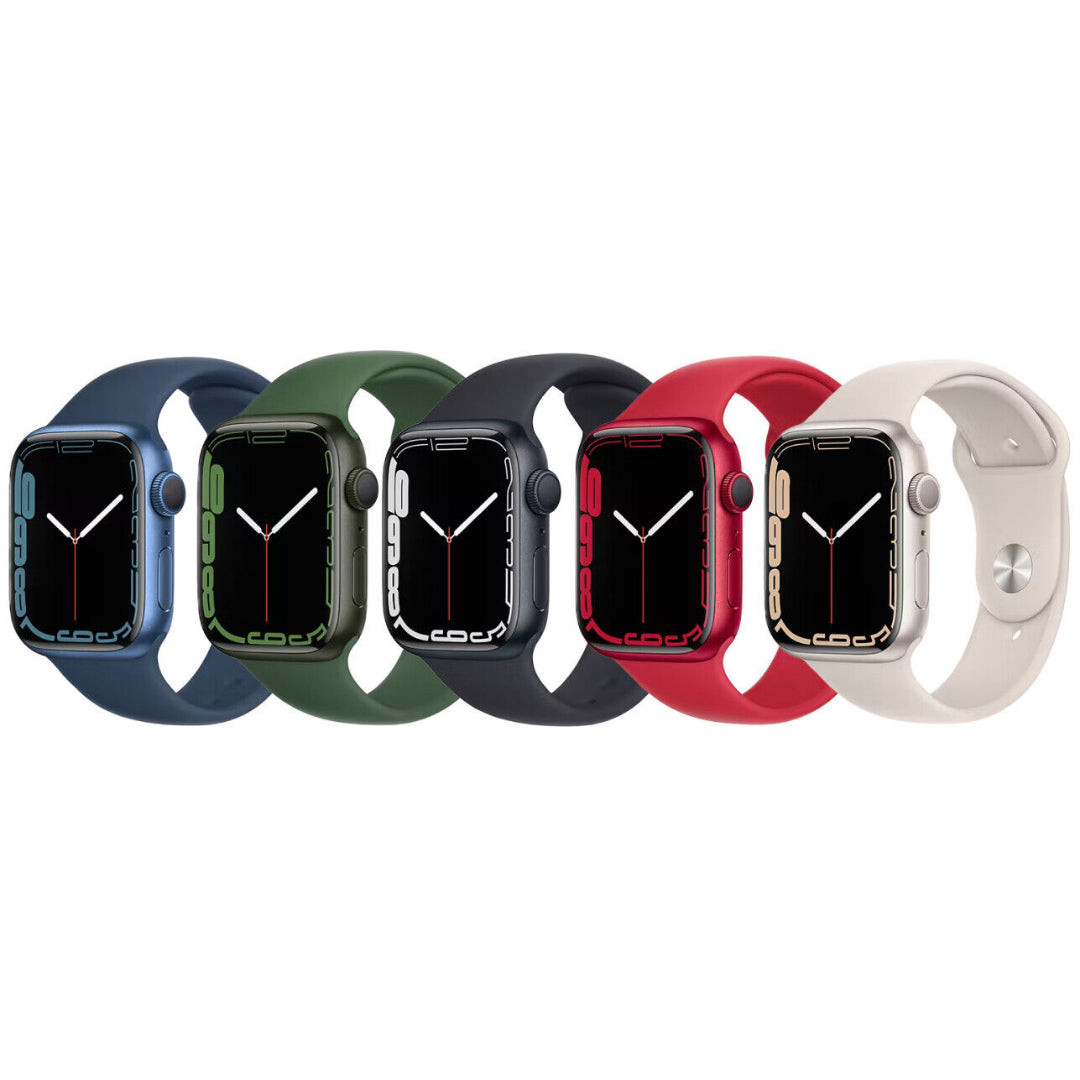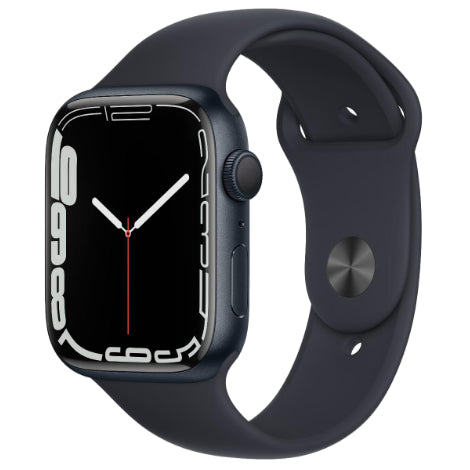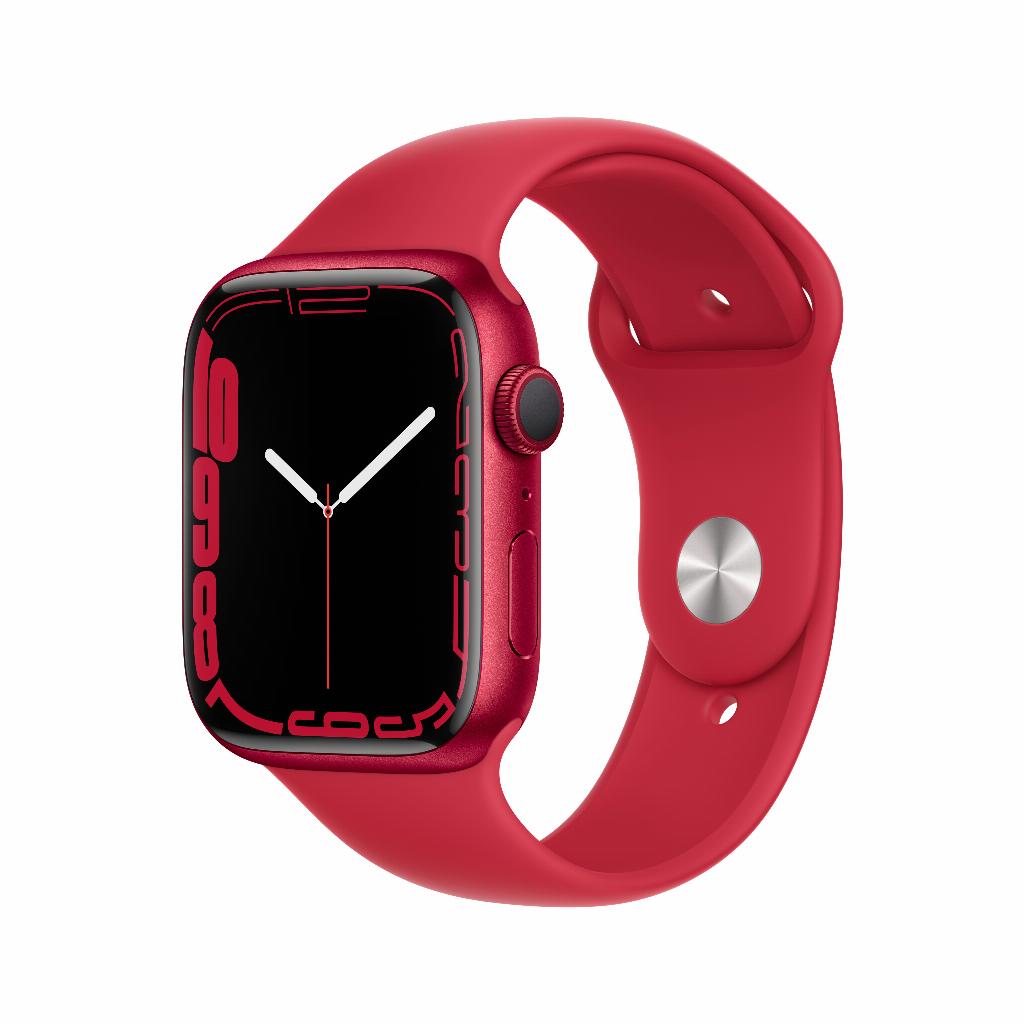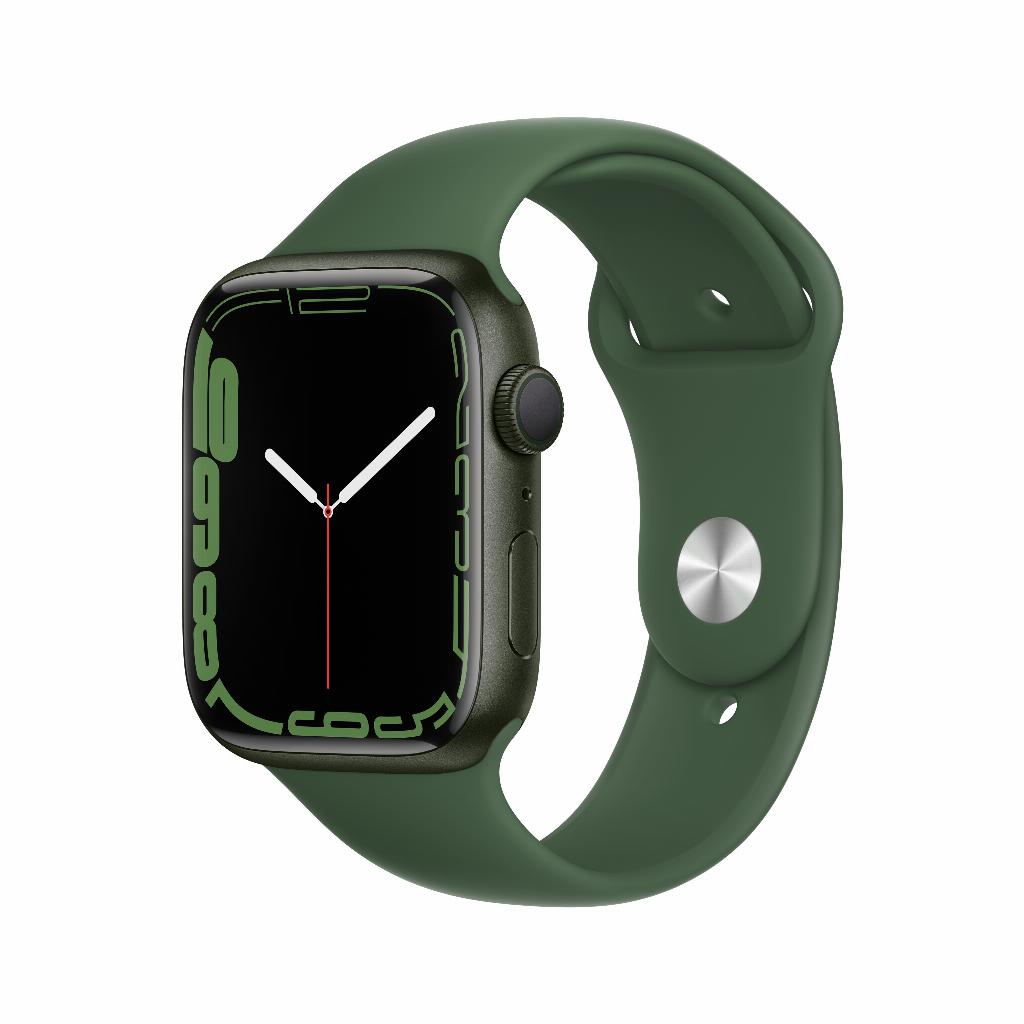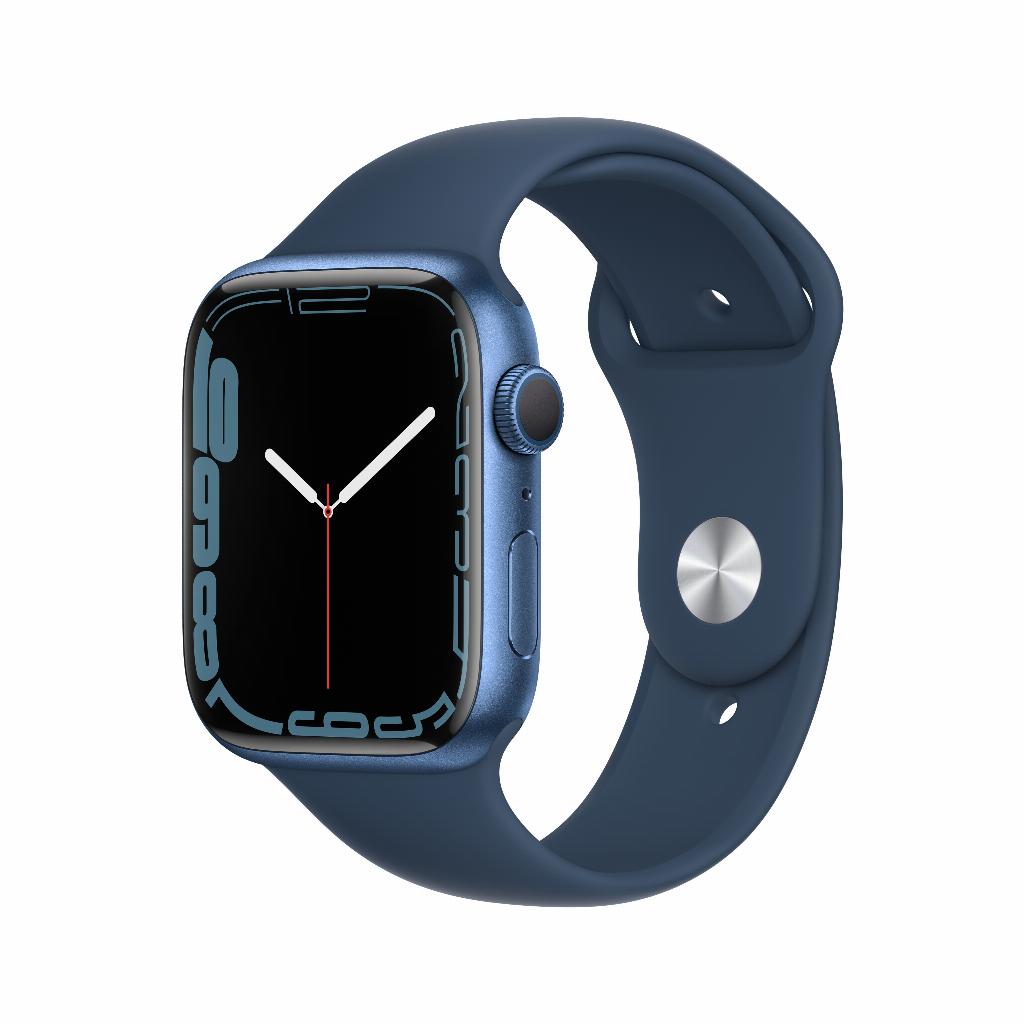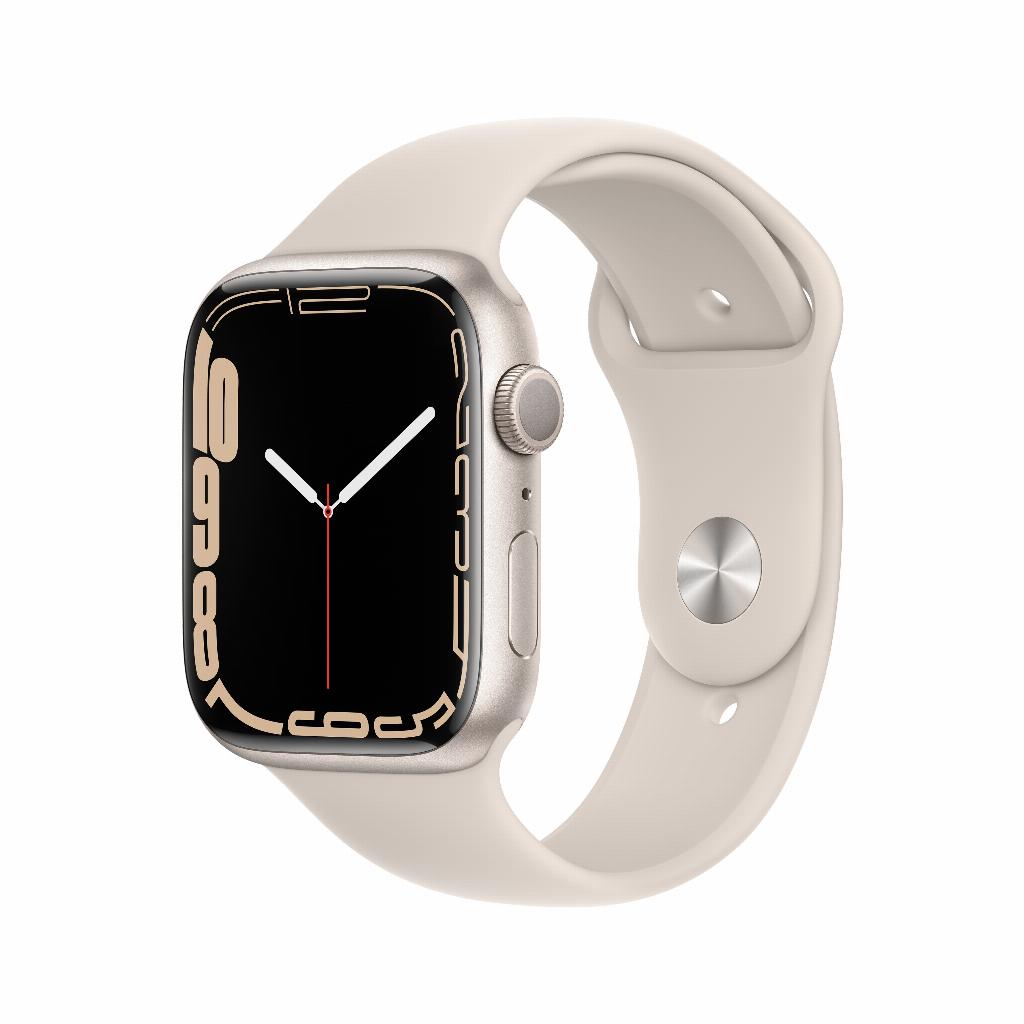Why updating your Apple Watch isn't worth putting off
Your Apple Watch needs an update. Again. Just when you're used to how everything works. Many people put it off—afraid of features changing, battery drain, or slowing down. But here's what no one tells you: not updating your Apple Watch is actually the worst thing you can do. Without updates, you risk security risks, miss bug fixes, and are stuck with old problems that could have been solved long ago. In fact, many refurbished Apple Watches run smoother after an update than brand-new models running outdated software. In five simple steps, you can get your watch performing optimally again—no hassle, no technical knowledge required.
Useful links
- Apple Watch accessories - straps and chargers for your watch
- Refurbished Apple Watches - sustainable and affordable
- Refurbished iPhones - essential for your Apple Watch
Why updating is actually so important
You've probably seen it before: that notification on your Apple Watch telling you there's another update waiting. Many people brush this notification aside, but that's not a good idea. Updates are much more than just new features. They fix bugs that drain your battery, close security holes that hackers can exploit, and make apps run more smoothly.
An outdated watchOS version means your watch is slowly falling behind the rest of the Apple ecosystem. Apps crash more often, syncing with your iPhone is glitchy, and new health metrics don't work optimally. Regular updates are especially crucial for refurbished models—these watches get a second life through updates and often perform better than new models with older software.
The five steps explained in detail
Step 1: Prepare your iPhone
Before you even start using your watch, your iPhone must be up to date. This device acts as a bridge between your watch and Apple's servers. Open Settings, tap General, and then Software Update. Install any iOS updates first. This will prevent compatibility issues later.
Also check if your iPhone has enough storage space. Updates are downloaded to your phone first before being transferred to the watch. About 1 GB of free space is usually sufficient.
Step 2: Charging is essential
This point is often underestimated. Your Apple Watch should have at least 50% battery, but preferably more. Place the watch on the charger and leave it there throughout the entire update process. An interrupted update due to a dead battery can render your Watch unusable—you absolutely want to avoid that.
Preferably use the original Apple charger or a certified alternative. Cheap counterfeit cables can slow down or even interrupt the charging process during the update.
Step 3: Arrange a stable WiFi connection
Updates are often hundreds of megabytes in size. Don't download them using your mobile data; use a reliable Wi-Fi network instead. Make sure your iPhone stays connected throughout the process. Disable Auto-Lock by going to Settings > Display & Brightness > Auto-Lock > Never.
Step 4: Open the Watch app
Open the Apple Watch app on your iPhone (the icon with the black watch face). Tap "My Watch" at the bottom, scroll to "General," and select "Software Update." The system will now automatically check for available updates.
Don't see an update even though you know there is one? Try restarting both devices. Sometimes the connection needs to be refreshed.
Step 5: Download and install
When an update appears, tap "Download and Install." You'll need to agree to the terms and conditions, after which the download process will begin. This can take 10 to 30 minutes, depending on the size and your internet speed.
After downloading, the installation will start automatically. Your watch will restart several times—this is normal. Don't touch anything until you see the Apple logo change on your watch face.
Troubleshooting common problems
Sometimes the update process doesn't run smoothly. The most common error is "Unable to check for update." You can fix this by restarting both devices and trying again. If that doesn't work, disconnect your Watch via the app and re-pair it. This completely resets the connection.
Another common situation: the update is stuck on "Preparing." Usually, closing the Watch app completely (swipe up and dismiss the app) and reopening it helps. Patience is key here – never force a restart during the update process.
What to expect after the update
Immediately after a major update, your watch may feel slower. This is because the system is indexing and optimizing in the background. Give it 24 to 48 hours. Battery life may also drop slightly temporarily, but this will resolve itself.
New features aren't often found right away. Check the release notes in the Watch app under "Software Update" for an overview. Some features must first be activated through settings, such as new watch faces, workout types, or health metrics.
Tips for trouble-free updating
- Schedule updates at night - then you won't be bothered by temporary unusability
- To be safe, make a backup of your iPhone first
- Update both devices (iPhone and Watch) regularly for optimal collaboration
- Don't wait too long - installing multiple missed updates at once will take extra time.
- For refurbished models: first check which watchOS version is supported at most
Updating your Apple Watch doesn't have to be a complicated process. With this guide and a little patience, you can keep your watch performing optimally. Whether you have a brand new or refurbished device, regular updates keep your device secure, fast, and equipped with the latest features.
Keeping your Apple Watch up to date always pays off
Installing updates takes only half an hour at most, but it gives you months of enjoyment . Your Apple Watch stays secure, runs more smoothly, and regularly receives new features. Whether you choose a new model or a refurbished one , these five steps will keep your watch in top condition. Don't put it off any longer. Grab your iPhone, put your watch on the charger, and update to the latest version. Your watch will only get better for it.


